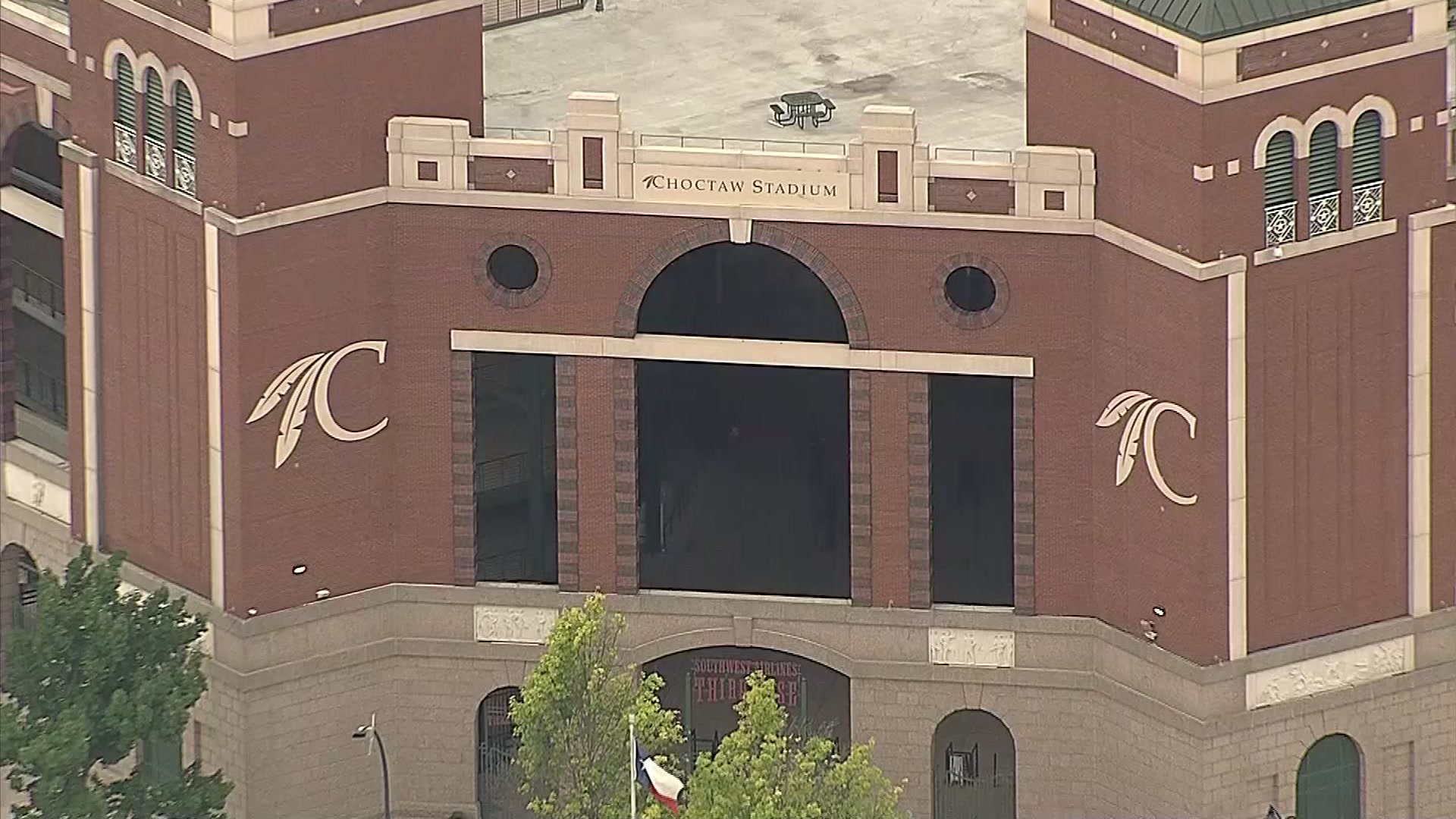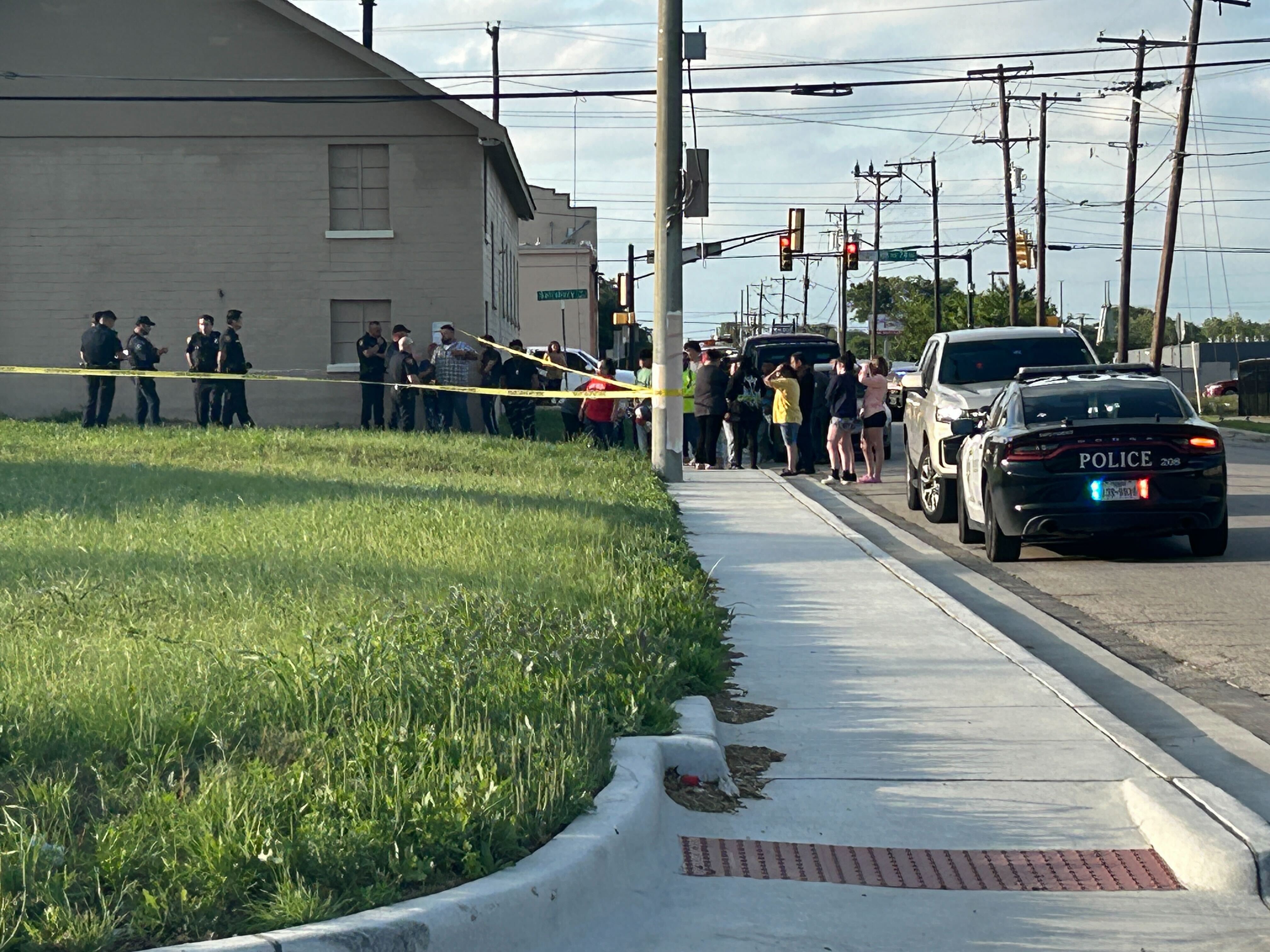Tucked into the back corner of a boutique, Joey Dawkins is growing a business selling gourmet sandwiches in Celina’s Historic Downtown Square.
"It was literally a town you passed by that was known for football, Friday night football,” said Dawkins. “It’s that classic thing, that’s what they’re known for, but there wasn’t much else.”
Dawkins opened the Toasted Walnut Café after moving to Celina from Frisco three years ago.
“You got to where you couldn’t drive down the street, it was so busy, because of all the influx of people coming in,” said Dawkins. “We wanted to get a little further away."
But Celina isn’t exactly sleepy.
New home developments are cropping up where cotton used to grow. Road crews are starting work on the southbound service road lanes of the Dallas North Tollway as it extends into Celina. And this year, Celina Independent School District broke ground on a new $24.5 million football stadium at its high school campus.
Celina, in 2018, looks like a cross between a small farming community and suburb.
Local
The latest news from around North Texas.
“Suburb, midtown, I really don’t know,” said Mayor Sean Terry. “I just know that we’re a city that’s open for business. We have great school districts. We have great people that live here.”
The city said it sees an average of 143 new home building permits a month. That number is a factor in projecting future population. Currently, the city said 16,500 people live in Celina. It expects the population to grow to around 30,000 people in 2020.
“It was kind of staggering to know we could really be there one day and sometimes people didn’t take you seriously and now they understand that,” said Terry.
If it sounds fast, look to nearby Frisco.
Frisco City Manager George Purefoy was hired in 1987 when the population tipped over 5,000 and never looked back.
“The largest turning point, economically, was when Stonebriar Centre was built and opened in 2000,” said Purefoy.
In 2016, The Star in Frisco opened.
“We certainly think The Star sets the stage for the next generation of growth which we think will be more office related development,” said Purefoy.
Now, Frisco’s population sits at 180,000.
“I don’t think I see anything to slow it down. I think what has to come with it though are the employment centers,” said Purefoy.
Population growth in the far suburbs makes sense to Southern Methodist University economist Klaus Desmet.
“If you take the number of office jobs in the Plano area, that probably rivals the number of office jobs in the central business district of Dallas,” explained Desmet. “That has tremendous implications for the growth of cities and towns to the north of Plano and Frisco.”
North Texas is decentralized with major business districts spread out across Dallas and Fort Worth, Collin and Denton counties.
“I would say I think these places have a lot of economic potential, however any metro area has also some natural limit to its growth,” said Desmet. “We’re already seeing some of that in DFW. The highways are more congested. They can keep building more and more highways but there is a limit to that as well.”
Housing and land prices can also put a lid on growth, especially as coastal America gets more expensive and other centrally located cities in the country compete for business.
“Once a place becomes too congested, once house prices start to go up, the fact that the U.S. is a big country and there’s many rival cities mean that businesses can also go to those places,” said Desmet.
How cities manage growth is important.
“I think the key is transportation,” said Terry. “From a standpoint of getting people around town, they don’t like to sit in traffic, so we’re really working hard on getting road infrastructure in.”
The Celina City Council also voted in new pay raises for police officers and firefighters to compete with larger cities nearby.
Currently, the median new home price in Celina is around $400,000. Terry said the city will have to consider what affordable housing development could look like as Celina expands.
“We just happen to live in a place where we have a slice of heaven in North Texas and people want to be here,” said Terry. “If we don’t get involved, the city won’t grow in a way that they’ll be happy to leave it to their kids and their grandkids.”
As for Dawkins, his small café is growing to a full size restaurant. He’s moving to a bigger space a few doors down on the square in Celina.
And though he initially came to Celina to get distance from city life, he’s counting on changes in his new hometown.
“They’re expecting it to boom like crazy out here,” said Dawkins. “That’s what I’m hoping to do is to ride that wave as a small business.”
“Growth done correctly is a beautiful thing,” he added.



